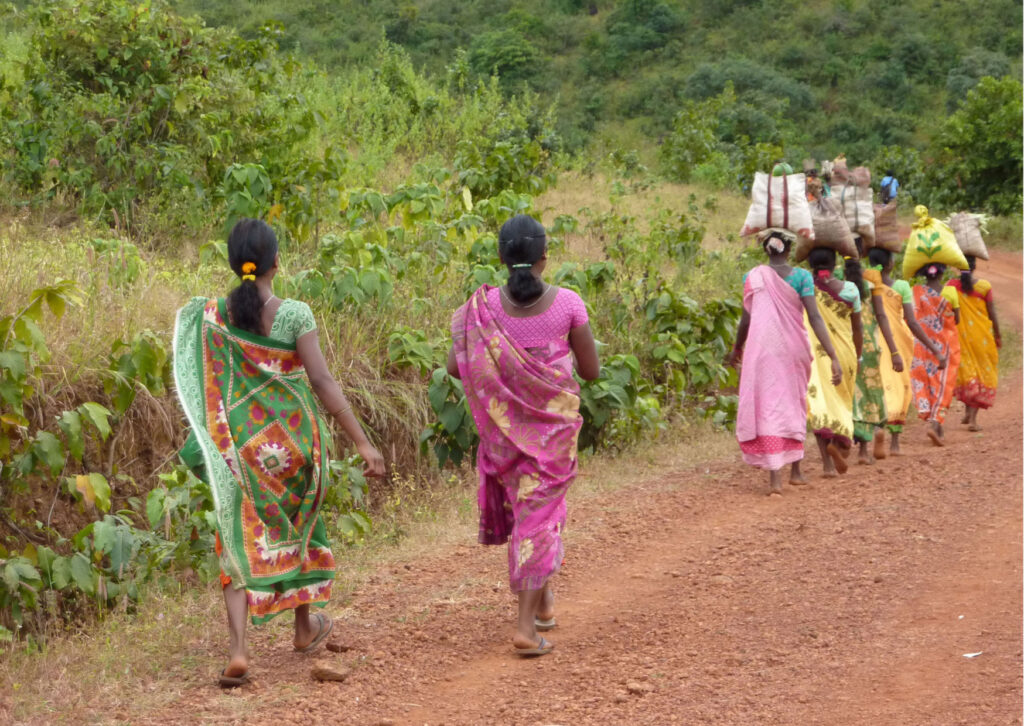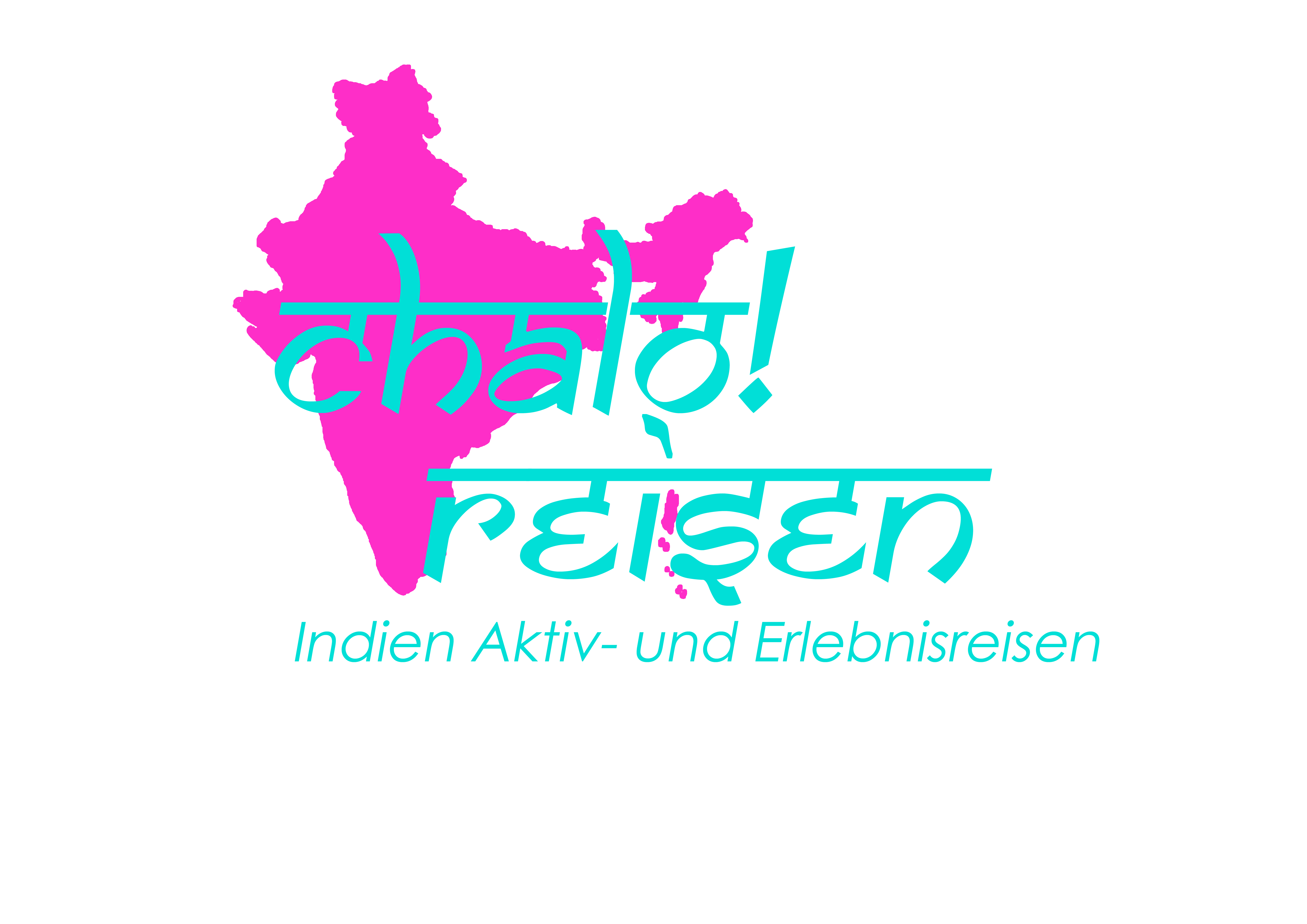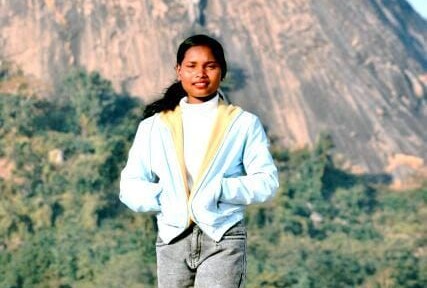Insights into the life of a domestic help from Jharkhand – about origins, challenges and hopes

Manita Ikka, a young woman from the eastern Indian state of Jharkhand, has been working in my home in Shimla for two months. She is 18 years old, belongs to the indigenous Adivasi community of Oraon and helps us with the household: she cooks, cleans, does the laundry, goes shopping and looks after our young son Samuel. She works from 11 a.m. to around 5:30 p.m. every day, gets a hot lunch with us – which is rather unusual in India – and earns 15,000 rupees a month, which is above average. Her support is a great relief for us, especially with a small child and a lot of work. At the same time, she is pleasant company and I enjoy talking to her in Hindi. This article tells Manita’s personal story – and also takes a closer look at Jharkhand, the Adivasi culture and the challenges that many young women like Manita face.
Life in Kharka – Childhood in an Adivasi village

Manita comes from the small village of Kharka in Jharkhand. She grew up as the youngest of six children – with her parents, one brother and four sisters. While her older siblings married early or left the village, Manita lived with her parents for a long time. As a child, she went to school, helped her mother with the housework and played with her friends – especially Gilli Danda at the lake outside the village. She loves to sing and her favorite food is masur dal with rice.
Manita’s family belongs to the Oraon community, one of over 30 recognized Adivasi tribes in Jharkhand. The Oraon are traditionally farmers and live in close contact with nature. Their religion is animistic: they worship nature spirits and especially trees such as the Mahua tree, which is also the patron deity of Manita’s family. The most important festivals include Karam and Sarhul – traditional Adivasi celebrations in which the connection to nature and the ancestors is celebrated.
Jharkhand – wealth of resources, poverty among the population

Jharkhand, an independent state since 2000, is rich in natural resources such as coal, iron ore and copper. Nevertheless, a large proportion of the population – especially the Adivasi – live in poverty. Jharkhand is characterized by dense forests, hills and rivers. Around 27 percent of the population belong to indigenous communities. Many of them still live in traditional villages away from urban infrastructure. The official language is Hindi, but the Adivasi also speak their own languages such as Kurukh (among the Oraon), Mundari or Ho.
Despite a rich culture and great knowledge of nature and agriculture, many Adivasi are socially disadvantaged. The reasons for this lie in centuries of discrimination, economic exclusion and the loss of their ancestral land – often due to mining projects or infrastructure measures. Conflicts between Adivasi communities and the government or large companies occur time and again. In addition, there are social problems such as a lack of access to education and medical care – and alcoholism, which is particularly widespread among men. Manita’s father also most likely died as a result of his alcoholism – a sad but common fate in her region.
Educational drive and failed attempts
Manita wanted to continue school after the 8th grade. However, the death of her father and the coronavirus pandemic interrupted her schooling. She tried several times to enrol in a school in the neighboring village of Toto – but political and territorial tensions between her home village and Toto made this impossible. When the schools also closed due to coronavirus, it was clear that she would have to drop out of school.
First work experience – from carrying bricks to domestic help

Manita started working on a building site in Jharkhand. She was paid 150 rupees for every 1000 bricks – she managed up to 4000 a day. But the work was hard and poorly paid. On the recommendation of her sister, she finally came to Shimla, where her brother-in-law works as a carpenter.
In Shimla, she started as a domestic help for a family in New Shimla, where she looked after a 6-year-old girl and helped with the household chores. After two years, the family moved away. Other jobs followed – in Panthaghati, with various families. She didn’t feel comfortable everywhere. Today, she works with us and on an hourly basis with another family nearby.
She lives with two roommates – also young women from Jharkhand who work as domestic helpers. She sends a large part of her salary to her mother every month.
Future plans – Back home
Manita is certain: she only wants to work as a domestic help for two more years. After that, she wants to train as a seamstress, move back to her village and open her own small dressmaking studio there – with a garden and a peaceful life at her mother’s side. She sees life in the city as a necessity, not a desire. Her heart beats for her village, her culture and a simple life in community.
A personal insight into modern India

Manita’s story is exemplary for many young women from structurally weak regions of India. It shows the ambivalence of a country caught between tradition and modernity, wealth and poverty, urban and rural, patriarchal structures and female self-empowerment.
Manita is a valuable support for us – and it is important to us that she also benefits, saves and dreams through her work with us. Perhaps one day she really will return to Kharka – as a self-employed seamstress with her own small store under a large mahua tree.





